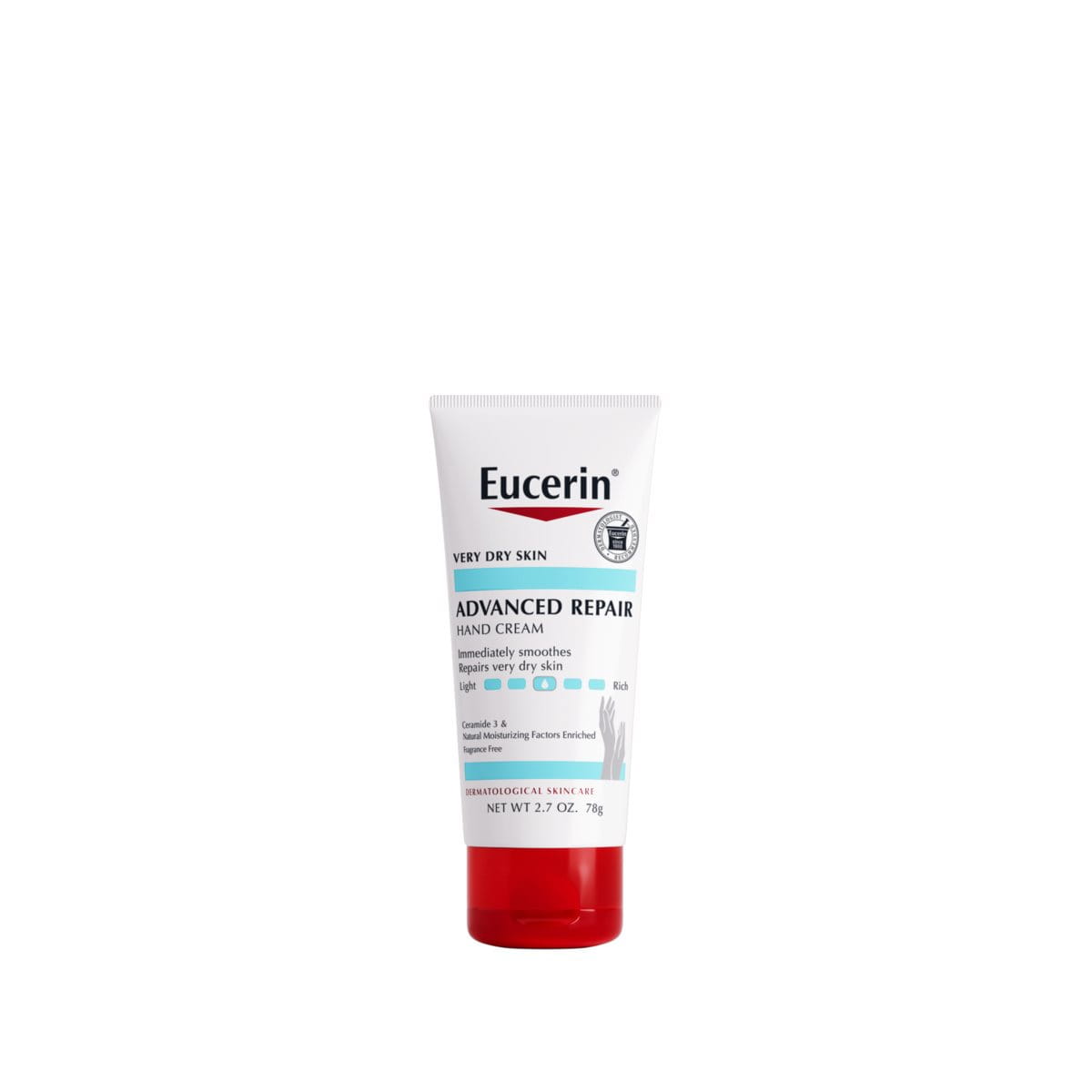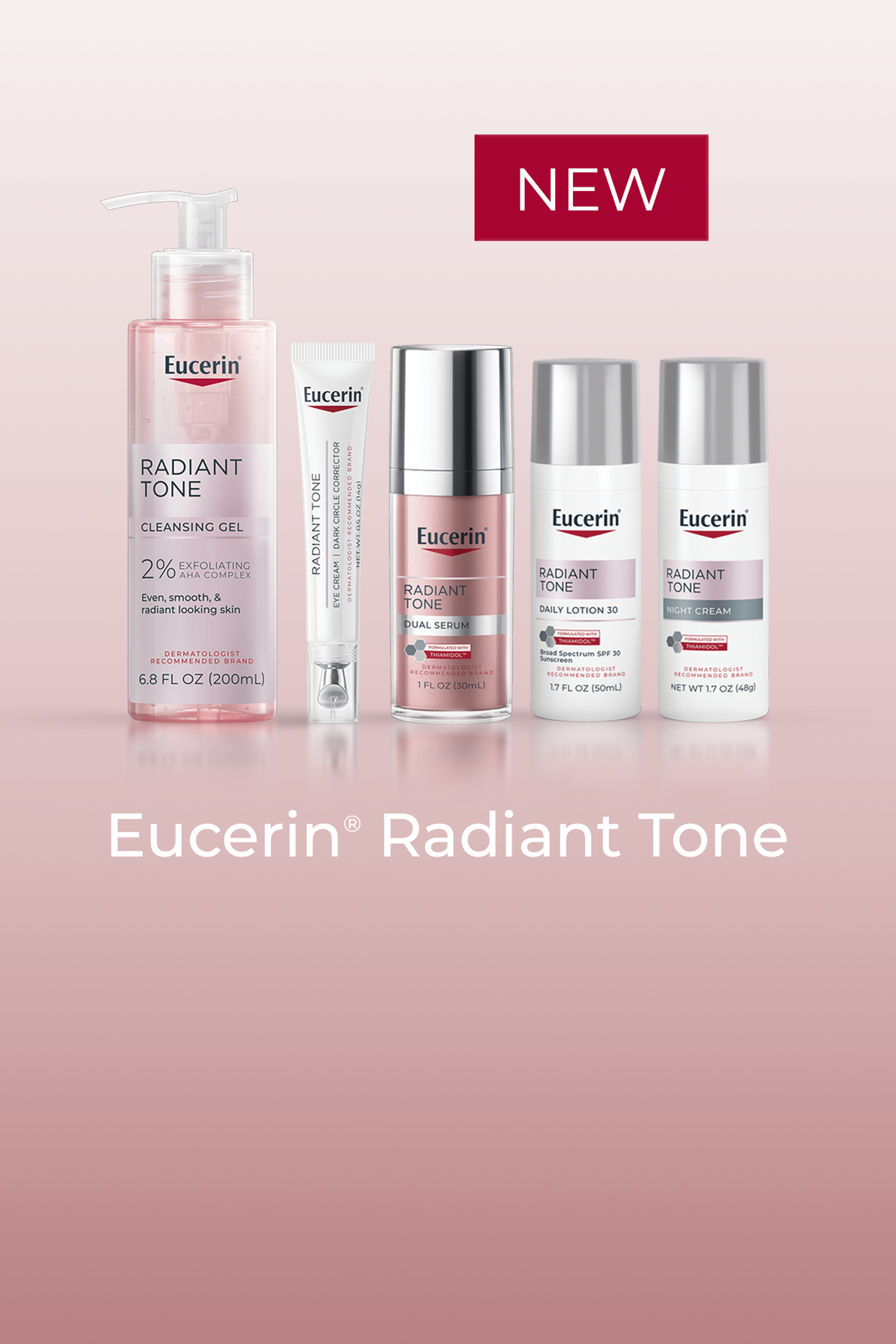We think of applying sunscreen when headed off to a sunny day at the beach, but wearing a facial sunscreen is important year-round, even on cloudy days. While most people know they should apply sunscreen before spending time in the sun, not everyone knows how much of it to use. Neglecting to use sunscreen, applying it improperly, too infrequently, or not using enough of it can lead to sunburn.
In this article, you’ll learn how much sunscreen to use on your face, when and how often to apply it, and how to choose the right face sunscreen for you.









